CAMP ARIFJAN, Kuwait Ac"a,! A small team of technicians working in a non-descript warehouse-like building here recently completed its 200th M1 Abrams tank engine "revitalization," in Kuwait, saving millions of dollars through cost avoidance, while getting these 1500 horsepower turbine power plants back into tanks and back in the fight.
The overall goal of the U.S. Army Tank-automotive and Armaments Command Total Integrated Engine Revitalization Program is to is to extend time between depot repairs, said Jack Cline, deputy to the commander of TACOM's Anniston Army Depot, during a July 18 visit to the TIGER facility here.
Rickey Cline, supervisor of the 6-person shop of deployed volunteers, says the effort begins in Iraq when normal engine health tests show a drop in performance.
"The M1 is connected to a digital electronic control unit that takes readings from sensors installed on the tank," said Cline. "The DECU gives a health reading of one to ten, with one being the best."
According to Cline, a reading in the 3 to 10 range results in work for his team.
"The engine is removed from the Abrams and shipped back to us for further diagnostics and necessary repairs," he said.
The tank isn't out of service in Iraq for long, as serviceable replacement engines are maintained in stock there for swap-out, so the Abrams can be right back in the fight.
Thanks to the wear and tear of combat operations, and the always-present sand and dust the tanks operate in, Cline's crew team of two mechanics, and two field service engineers have a steady stream of AGT1500 engines to work on.
The team's monthly goal is to diagnose and repair at least six engines, but due to varying environmental conditions and operational tempo that number has been as high as 18 in one recent month, said Cline.
A recent visit to the TIGER shop, which is part of the 401st Army Field Support Brigade's Forward Support Activity, found two engines in repair, one on the dynamometer (a diagnostic device used to measure engine power), and four more in line awaiting troubleshooting.
"When an engine comes into the shop, the team first thing we do is clean it, and check it for leaks or damage," said Cline.
With the initial checks complete, it's time to put the sick engine on the "dyno" and put it through a series of runs under load, to further pin down the source of the problem.
Teardown and final diagnosis are next, followed by repair and revitalization, if testing shows the engine can be repaired locally and in a manner that makes economic sense.
Occasionally the team comes across a problem that requires assistance from the AGT1500 manufacturer, Honeywell International. When that happens, Honeywell's local field service engineer, Brian Giddens, is on-hand to provide technical assistance and "reach back" to the factory.
"I'm the OEM (original equipment manufacturer) guy," said Giddens. I manage the (AGT1500) parts stocked here and can reach back to my company for technical help whenever it's needed. This is a real partnership between Honeywell and the U.S. Army."
About half the engines that come here for diagnosis and repair are shipped back to Anniston because the internal damage or wear is too severe.
Even with 50 percent of the engines being shipped to depot, the program pays big dividends in time saved and "dollar cost avoidance," said AAD's Cline.
So, every engine repaired here and returned to stock in theater is one more that can be put back in the fight faster and without the cost of shipping it back to the U.S. he said.
"Our number one goal is getting the engines back to the Soldier," said Rickey Cline.
With more than $18,000,000 in cost savings so far, and more than 200 Abrams engines returned to stock by this small team of technicians, the goal is being met.
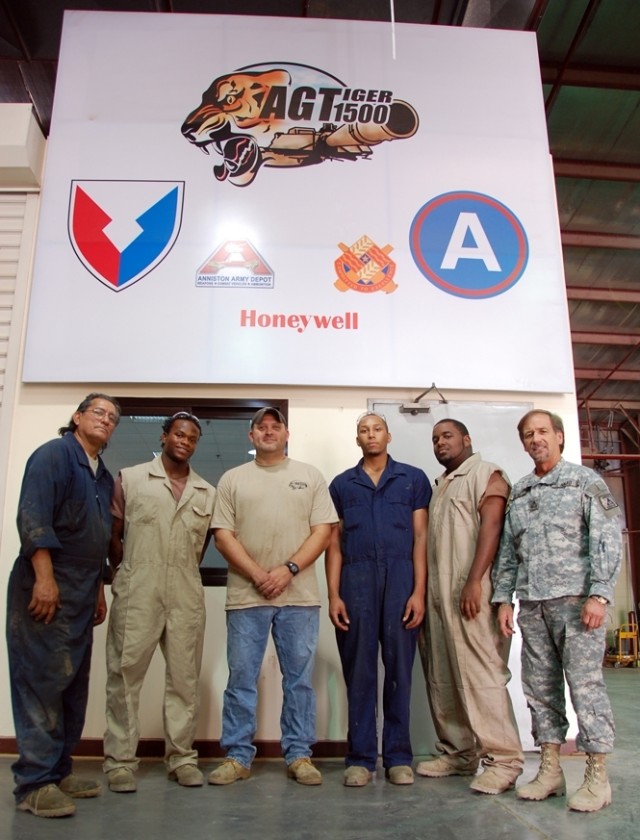
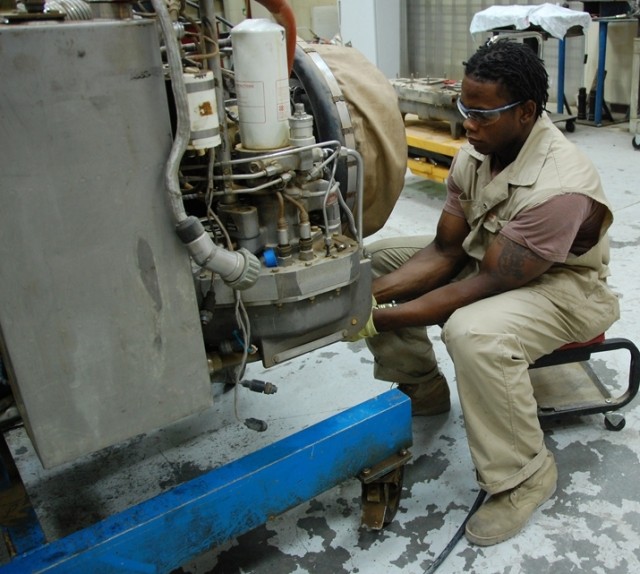
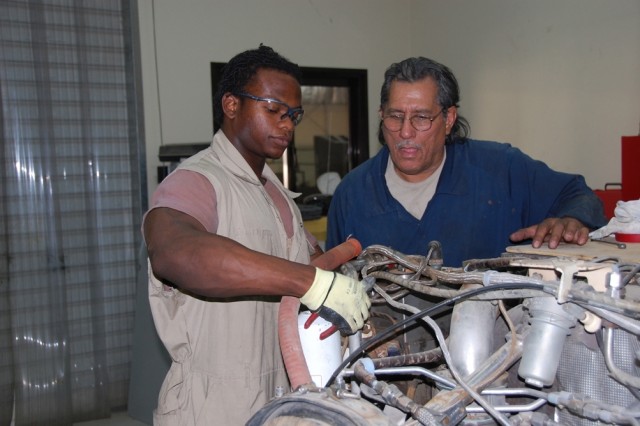
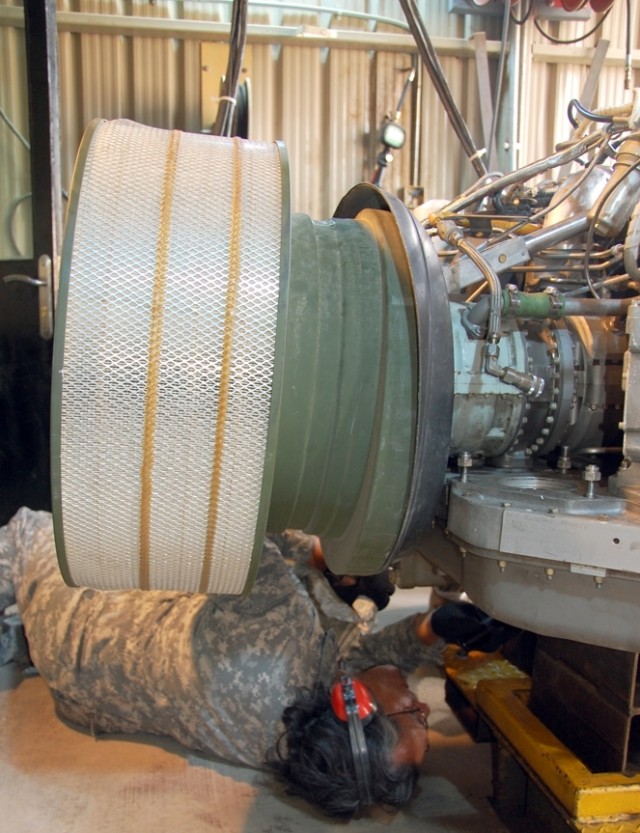
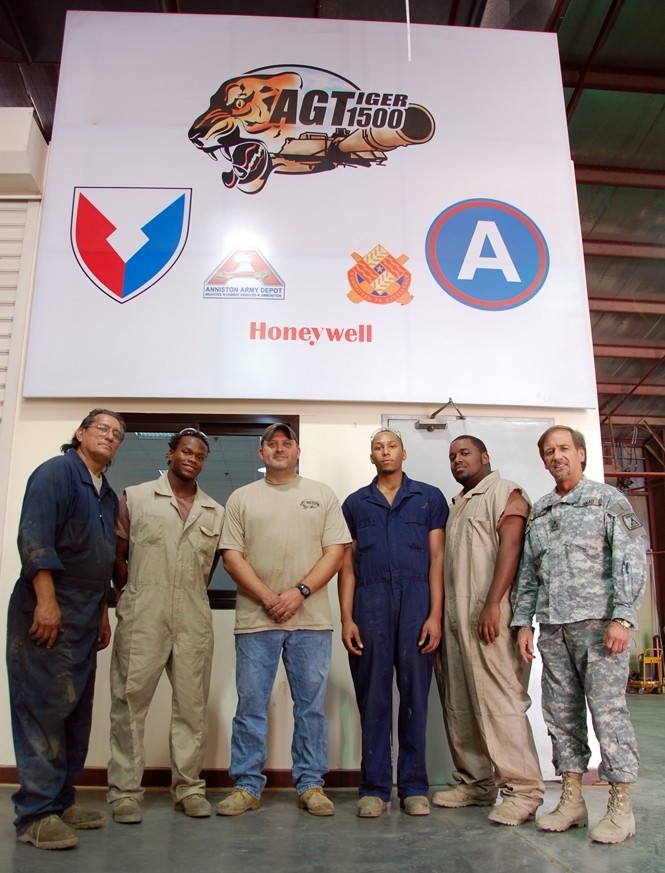
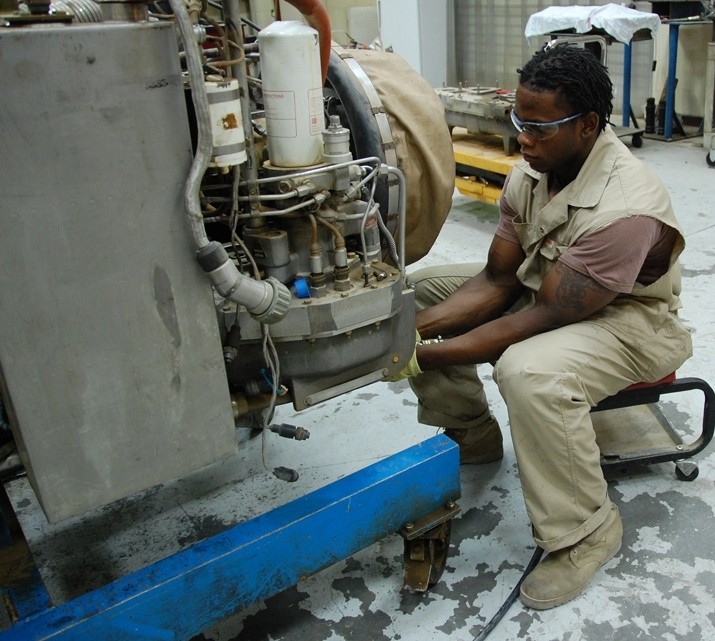
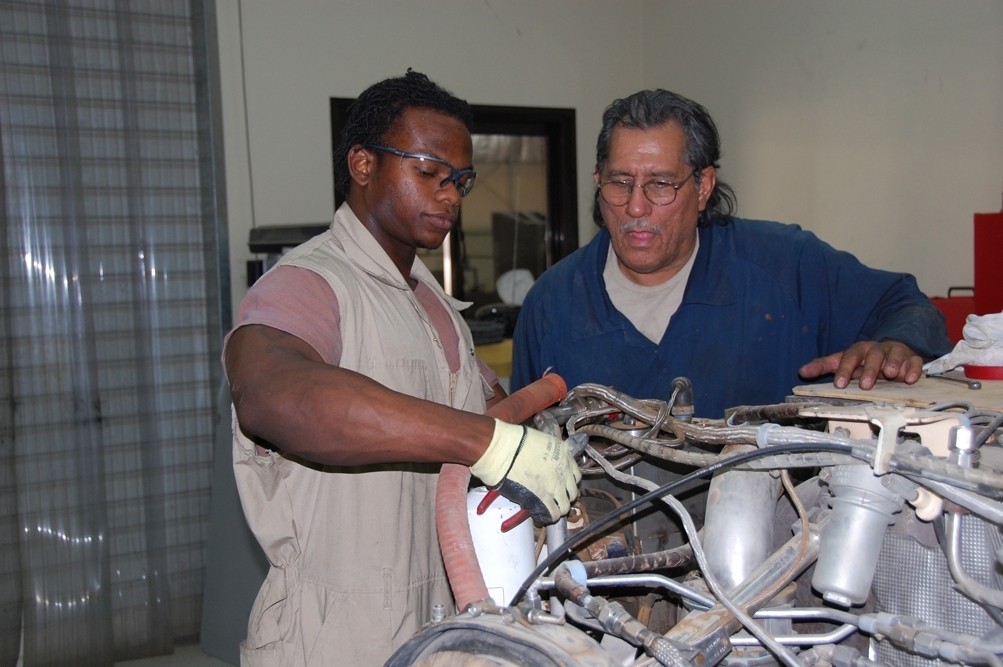
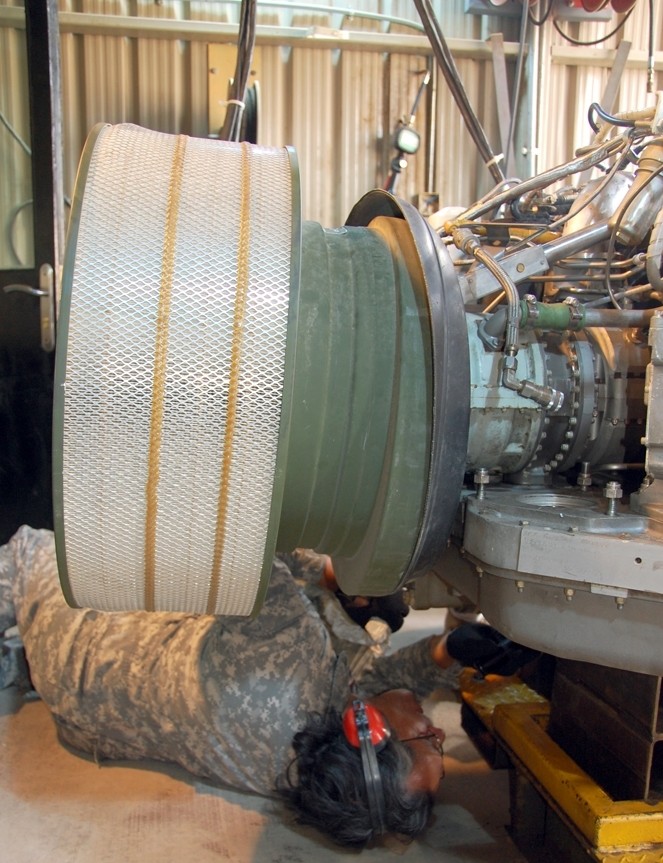
Social Sharing